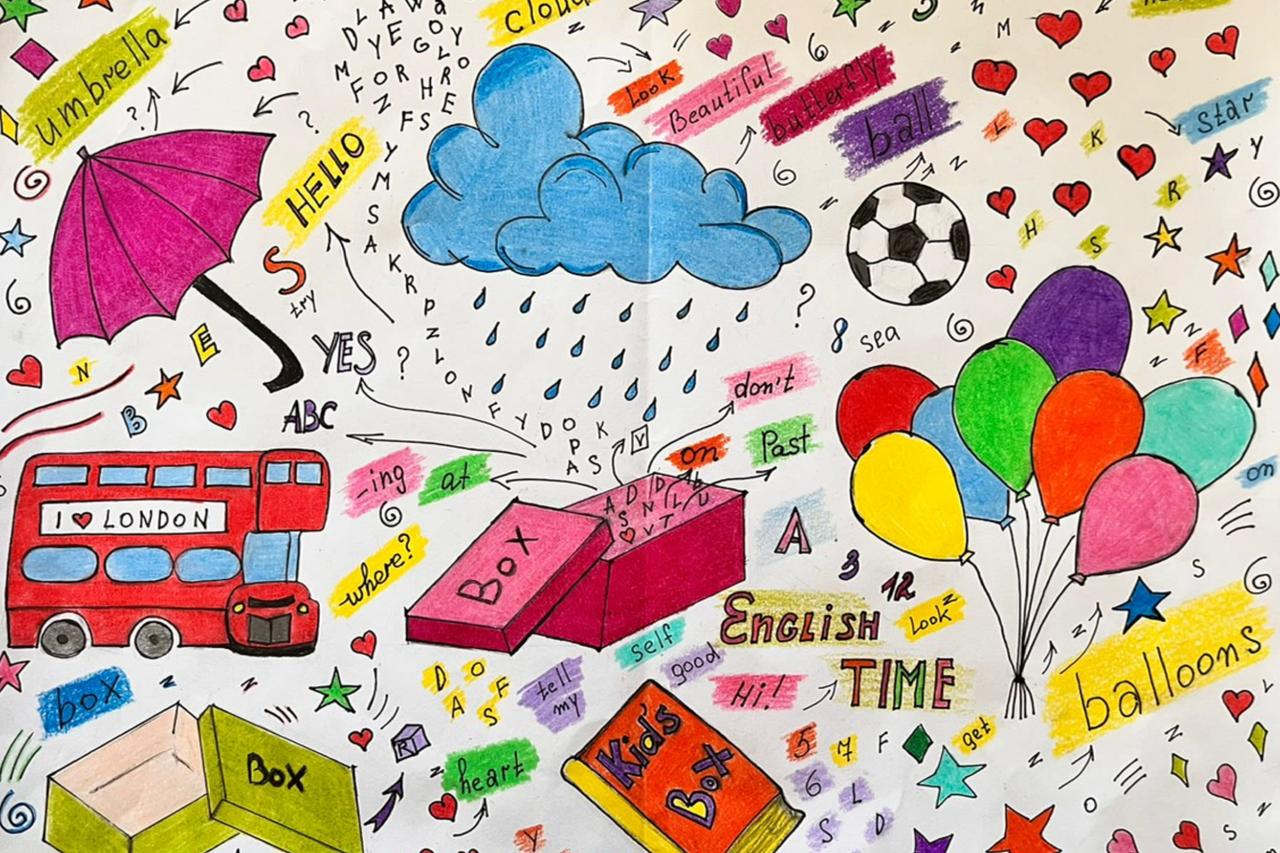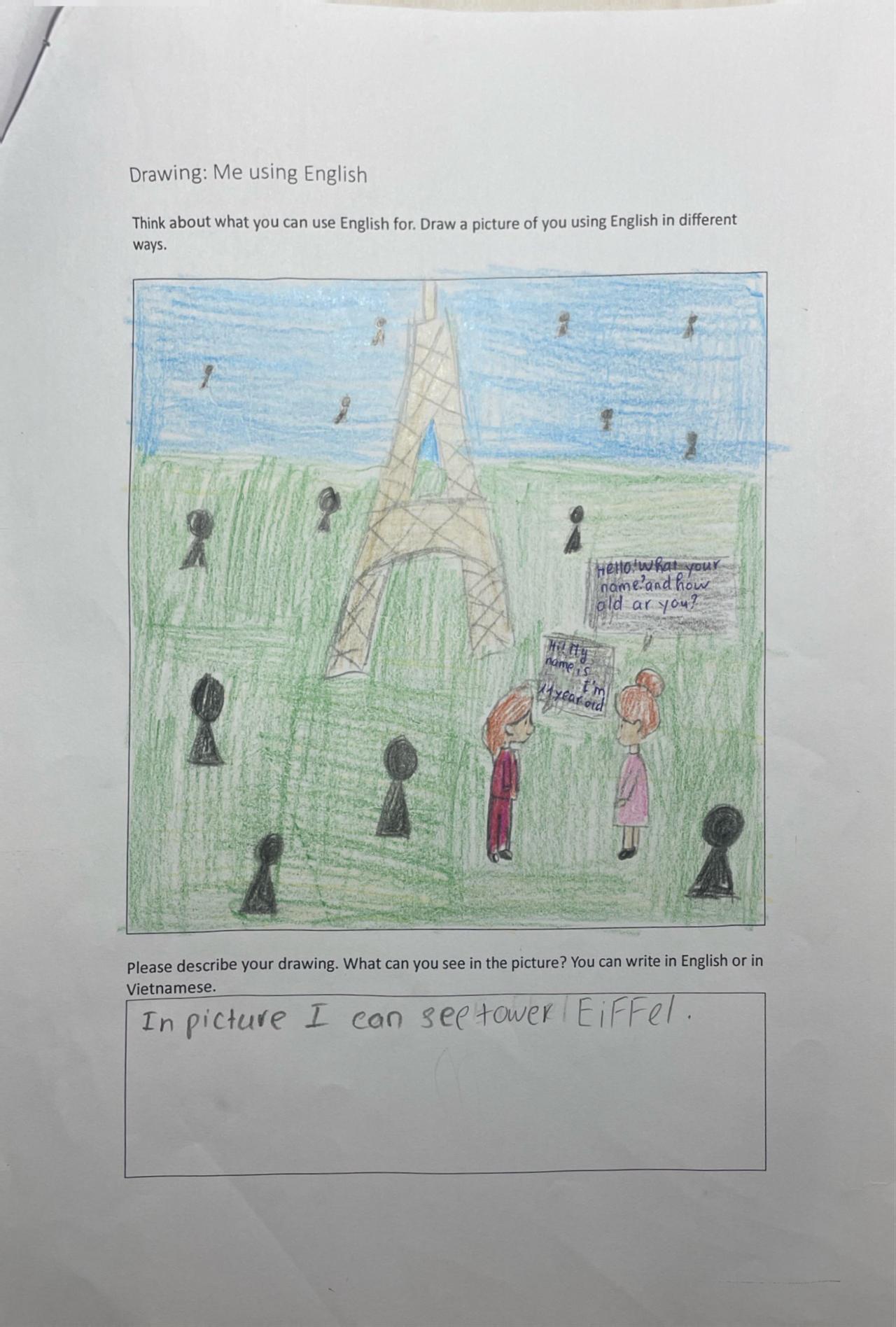
Children from Türkiye, Italy and Vietnam are already thinking globally when it comes to learning English. A new study by Cambridge University Press & Assessment has found that students as young as 6 see the language as a way to chat with friends, travel the world, and even secure better jobs in the future.
The research, which focused on the widely used Kid’s Box New Generation course, combined traditional data collection methods—such as interviews and teacher questionnaires—with a creative touch: it included 85 drawings by students aged 6–11 that visualized what learning English means to them.
One drawing featured children chatting in English under the Eiffel Tower, while another from Türkiye showed a red London bus with “I love London” written across it. A Vietnamese student even pictured animals talking to each other in English. According to Brigita Seguis, head of Impact Evaluation at Cambridge, these artworks gave rare insight into children's thoughts. “These drawings are fantastic because they highlight students’ motivations and show what learning English means to them in the real-world,” she said.
The study revealed that many children are already connecting English to future careers. Seguis noted that while it may seem unusual to think about jobs at such a young age, students frequently expressed ambitions that were clearly linked to the language. One even said they wanted to become an astronaut.
This early awareness of employability came through strongly in both the drawings and classroom conversations, where students associated English with opportunities that go far beyond school.
Teachers participating in the study were overwhelmingly positive about the impact of Kid’s Box New Generation on their classrooms. Many said the course helped build a more positive learning environment and boosted students’ confidence in using English. The course’s storytelling, songs, and memorable characters were cited as key elements in keeping children engaged.
Aynur Karakoc, senior impact evaluator at Cambridge, observed that students were not only active in class but also genuinely enthusiastic. “Teachers told us the course improves students’ confidence, and this was reflected in the students’ drawings too,” she said.

One notable aspect of the study was the bond children formed with the characters featured in the Kid’s Box coursebooks. According to Cambridge’s Primary Product Manager Helen Kenyon, children were excited to see familiar characters pop up during lessons, often showing affection by drawing hearts next to them. She added that the material’s interactive nature is crucial because children are social learners, and engaging content plays a key role in their motivation to learn.
Another important finding was the respect children showed for their teachers. Drawings and interviews alike revealed that students viewed their teachers as central figures in their language journey. Karakoc noted that this human connection is still vital in an era increasingly influenced by digital learning and artificial intelligence.
Beyond aspirations of travel and work, many children saw English as a "bridge language"—a way to communicate with people from other cultures, even within their own countries. This, the researchers said, reflects a broader understanding of global citizenship among today’s young learners.
As Karakoc put it, the study offered a rare glimpse into how children perceive English in a global context. “It was clear young learners view English as a tool for connecting with others around the world, even within their own countries,” she said.